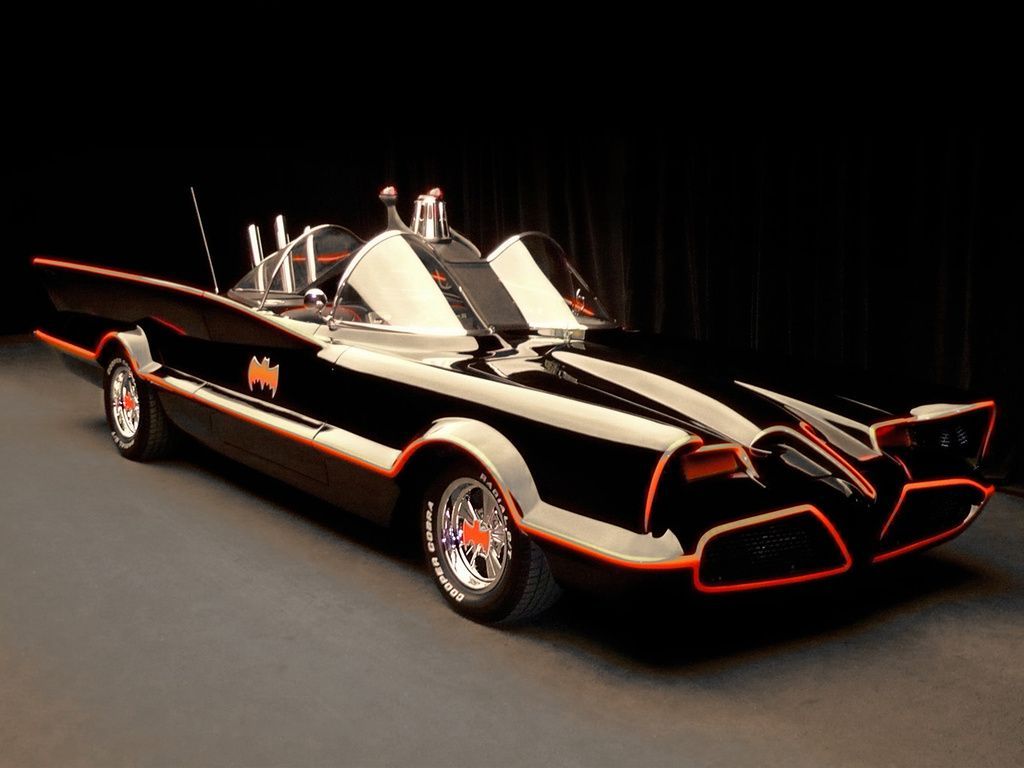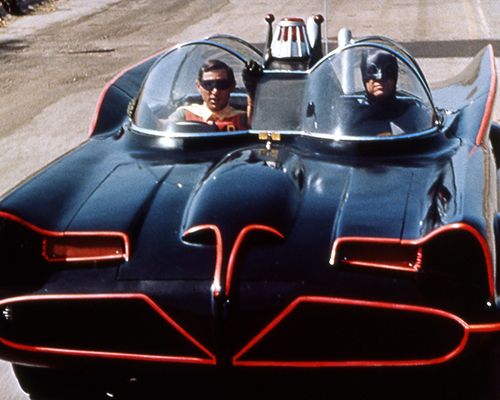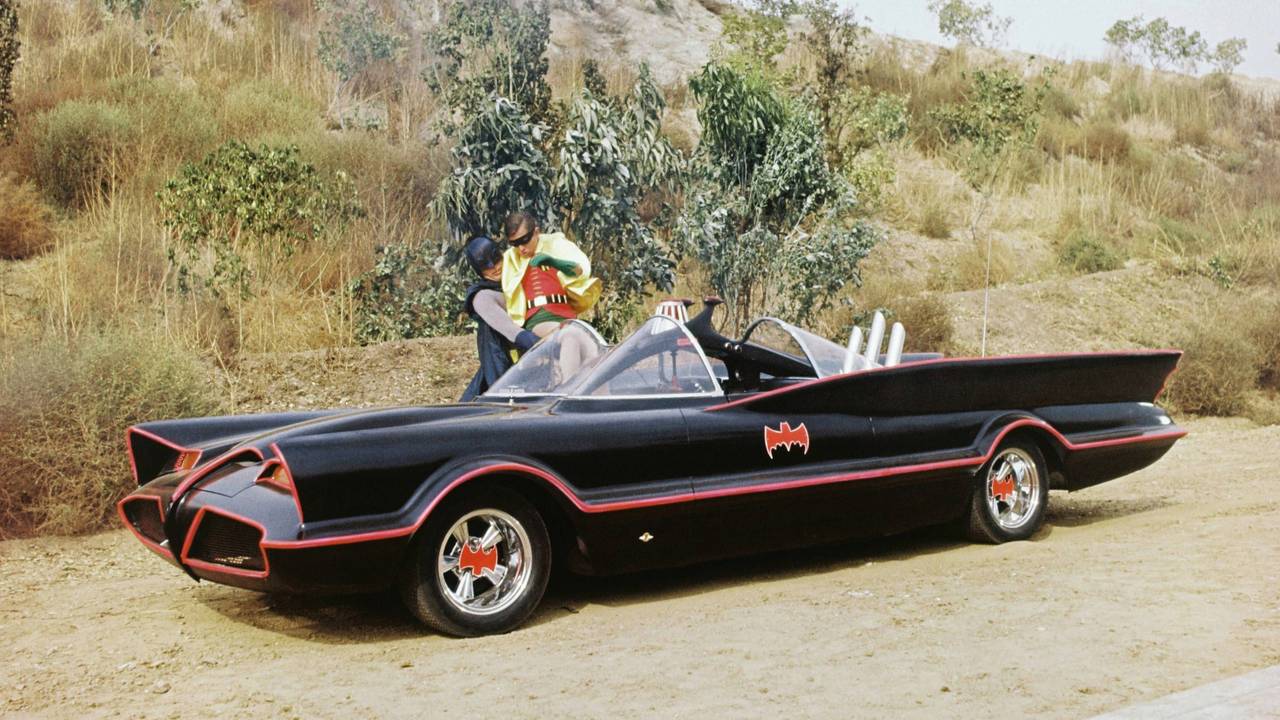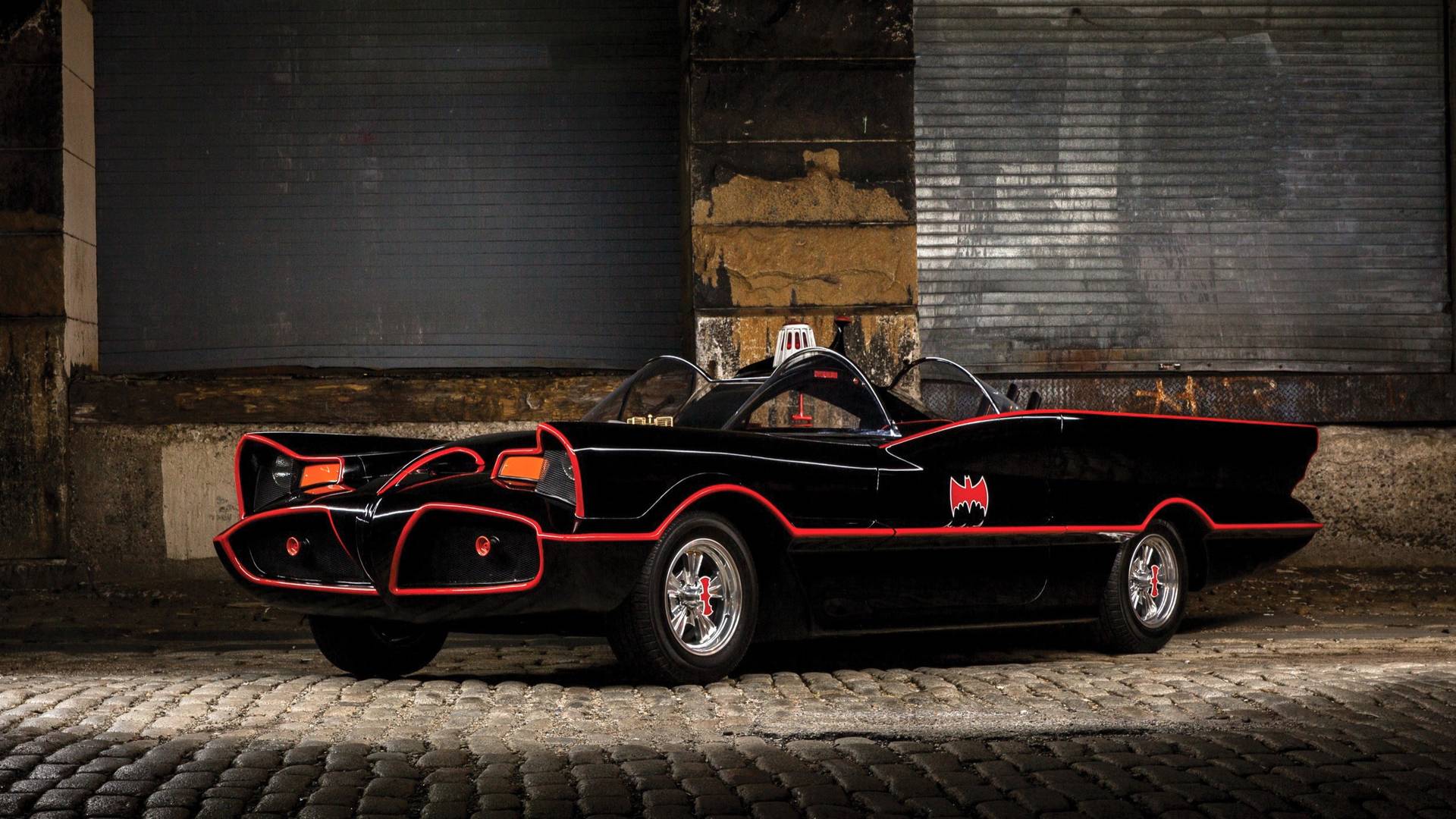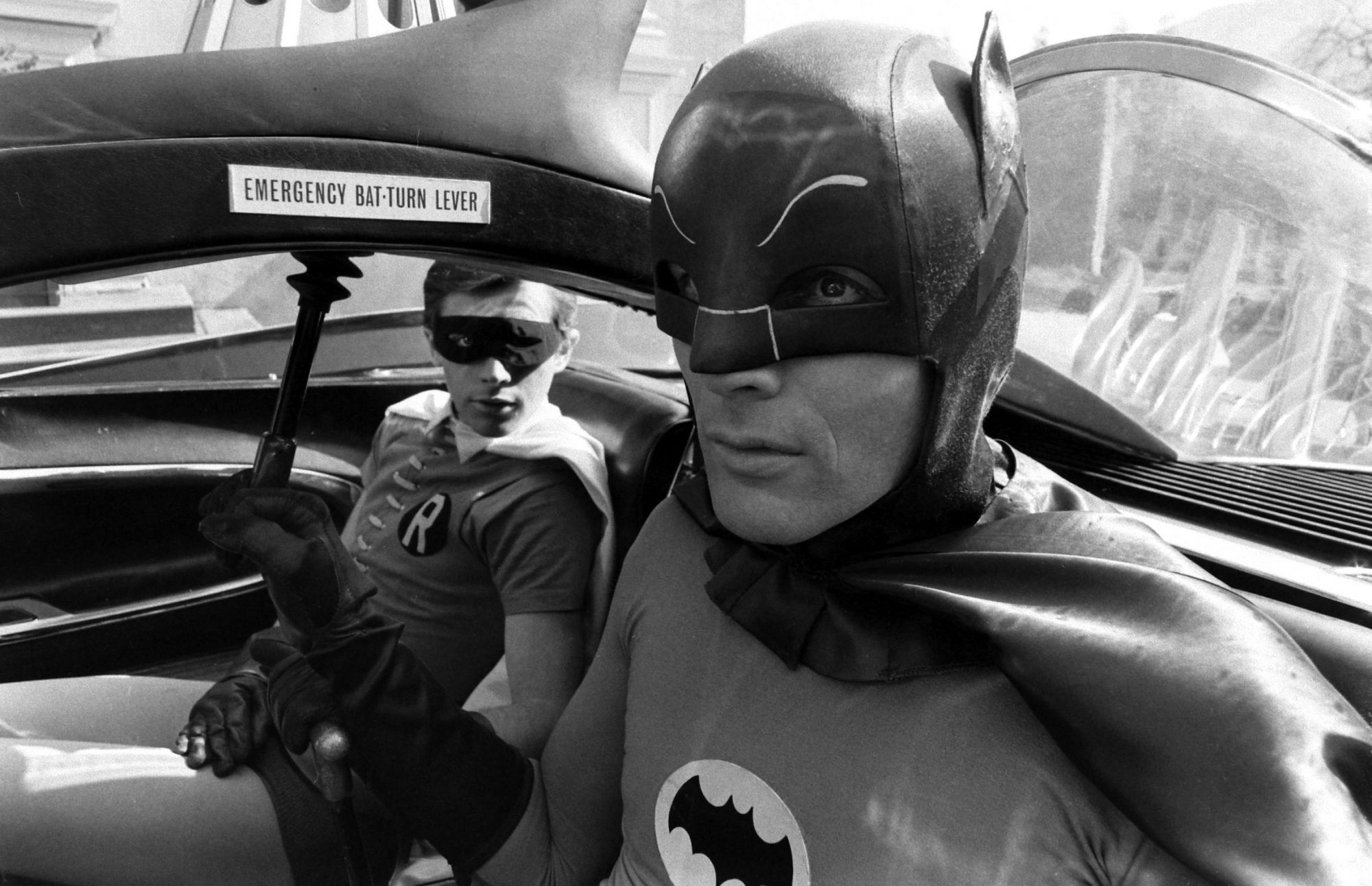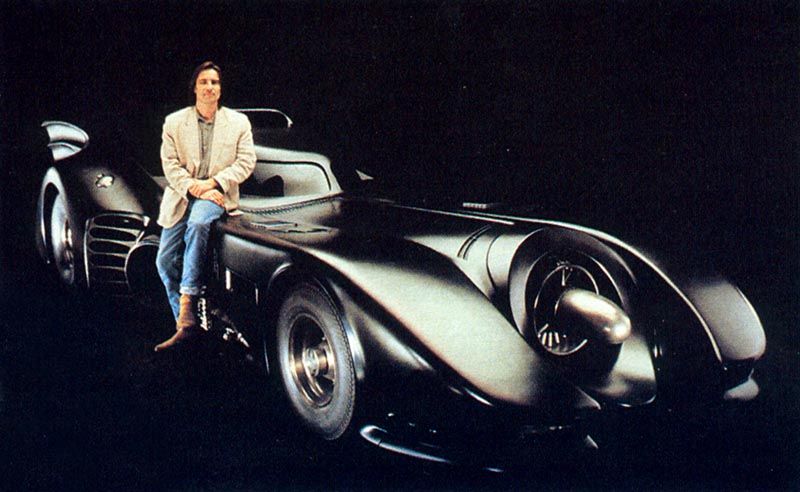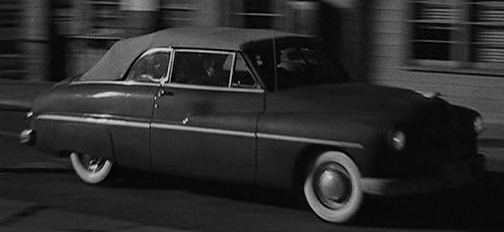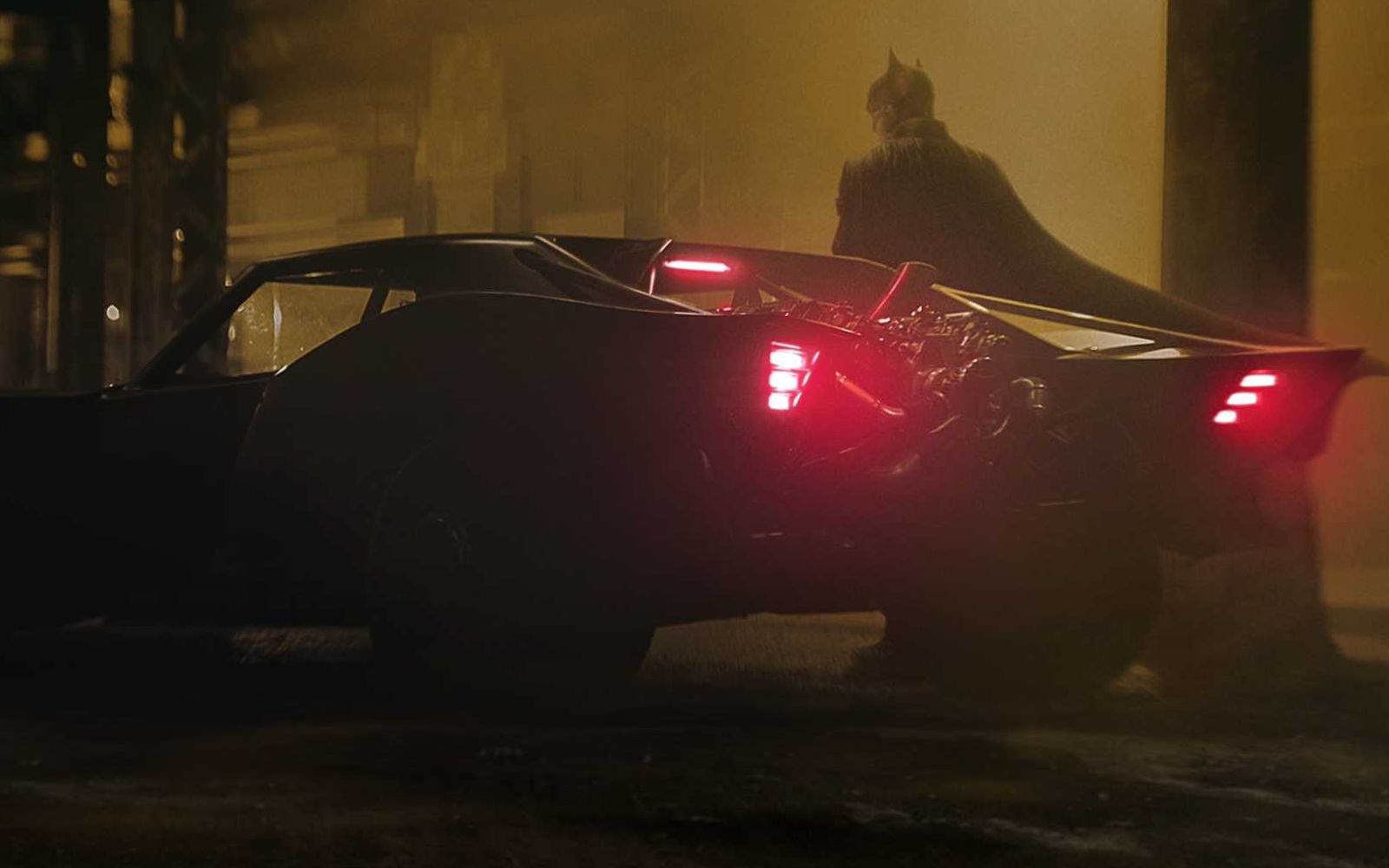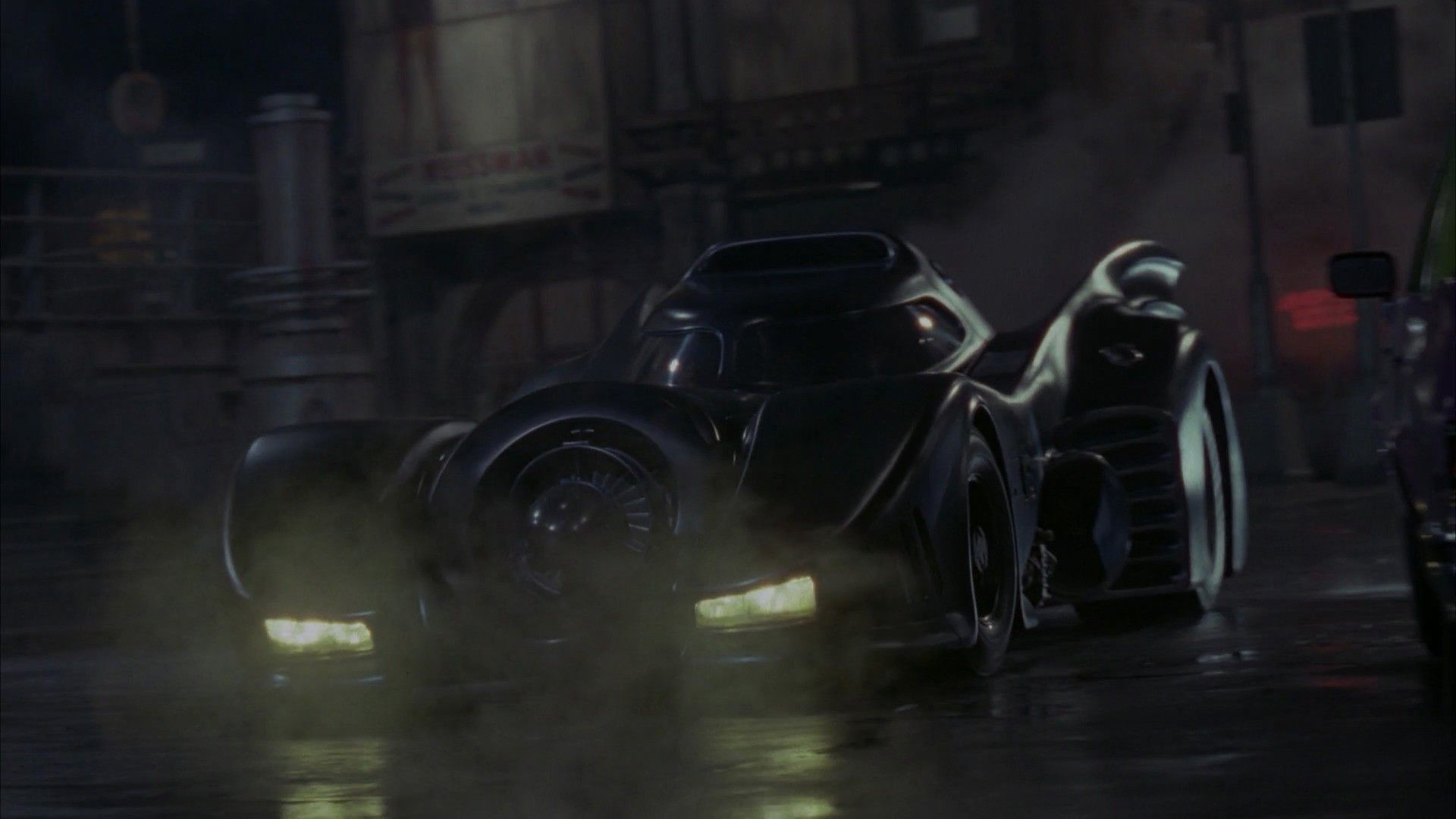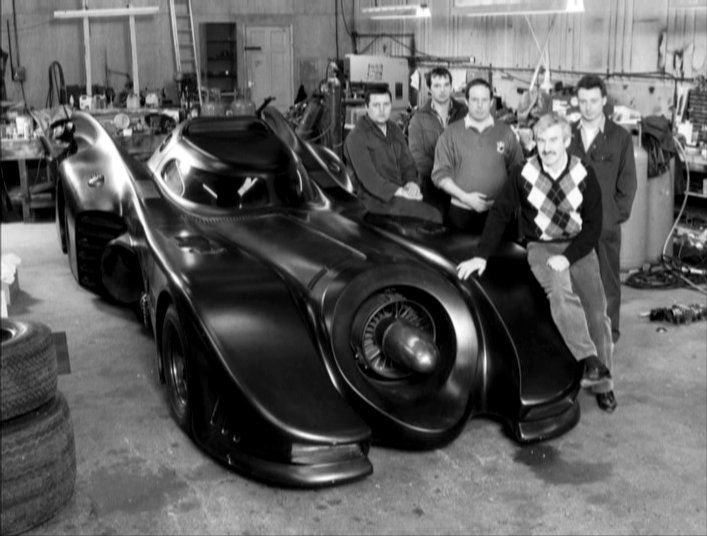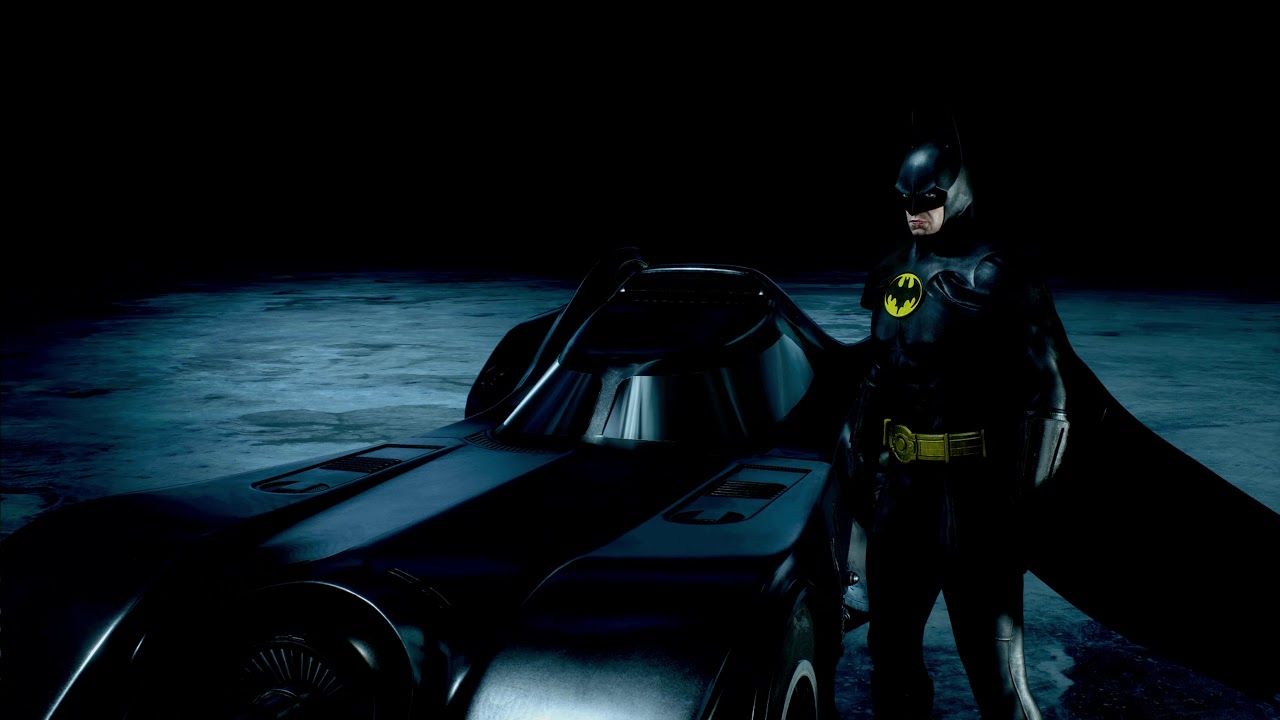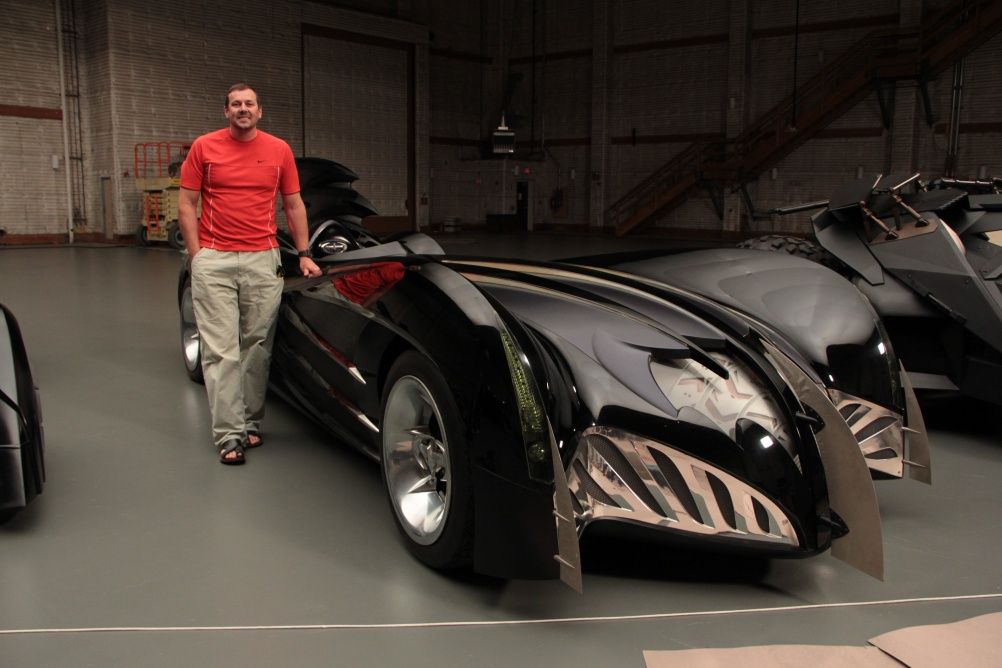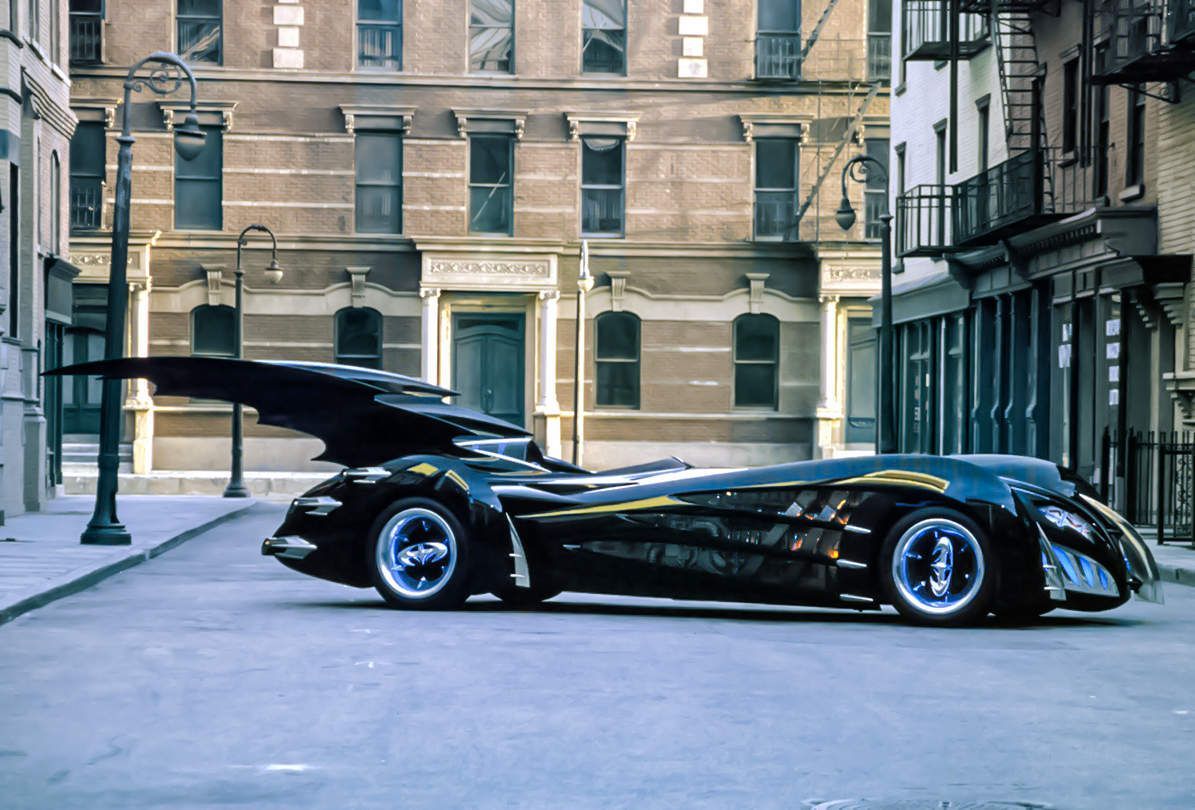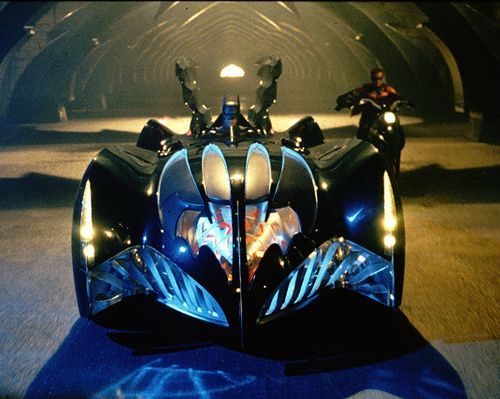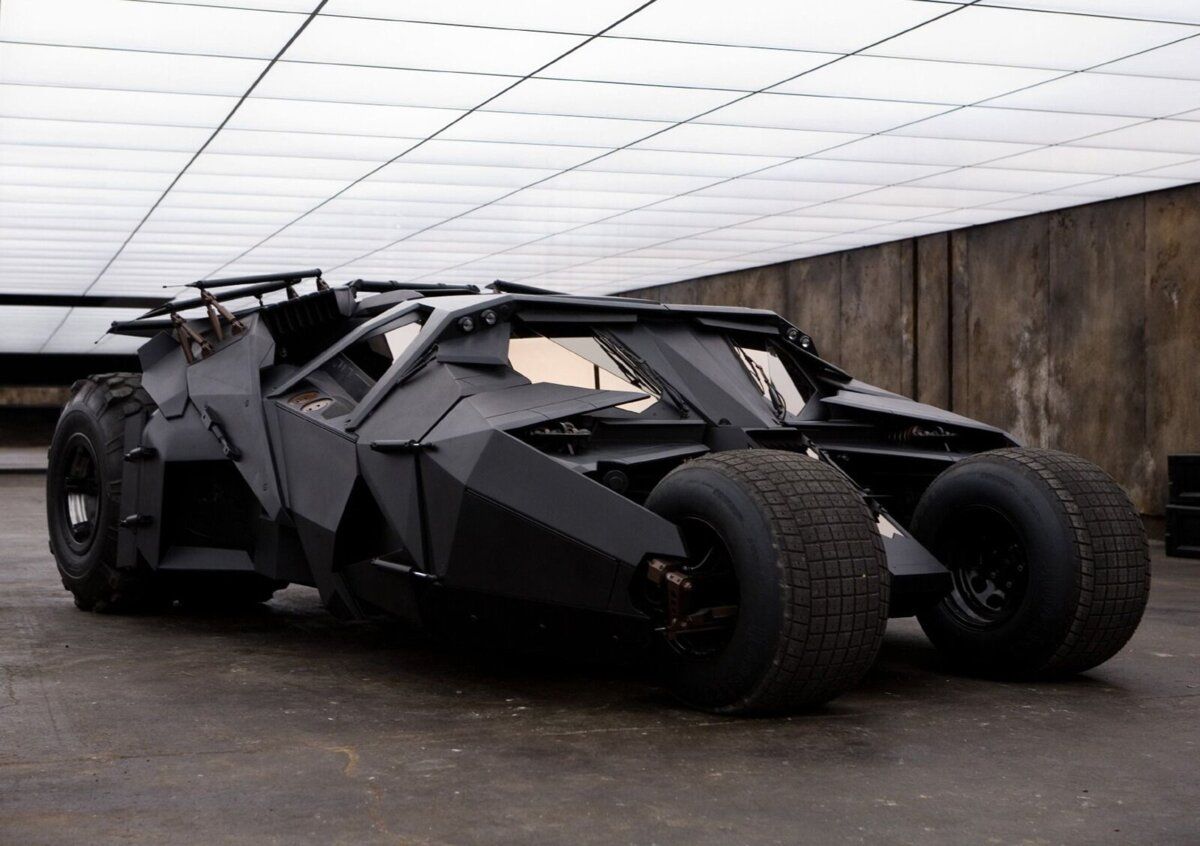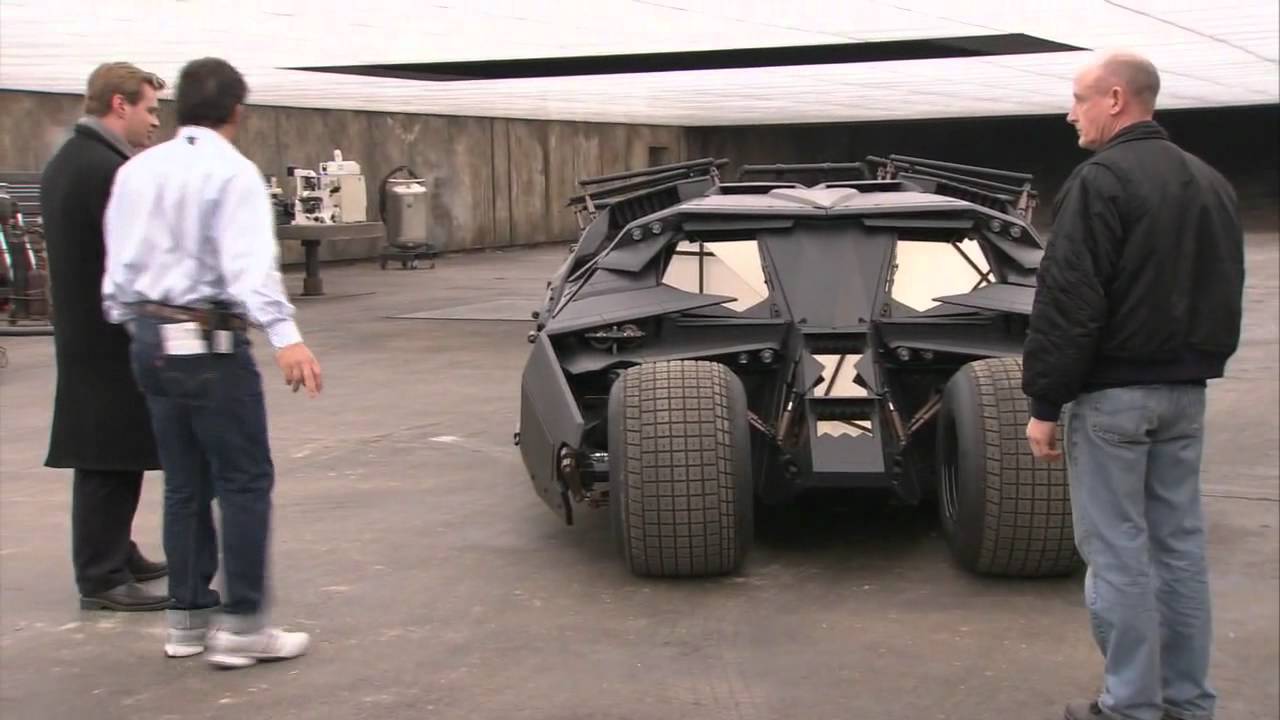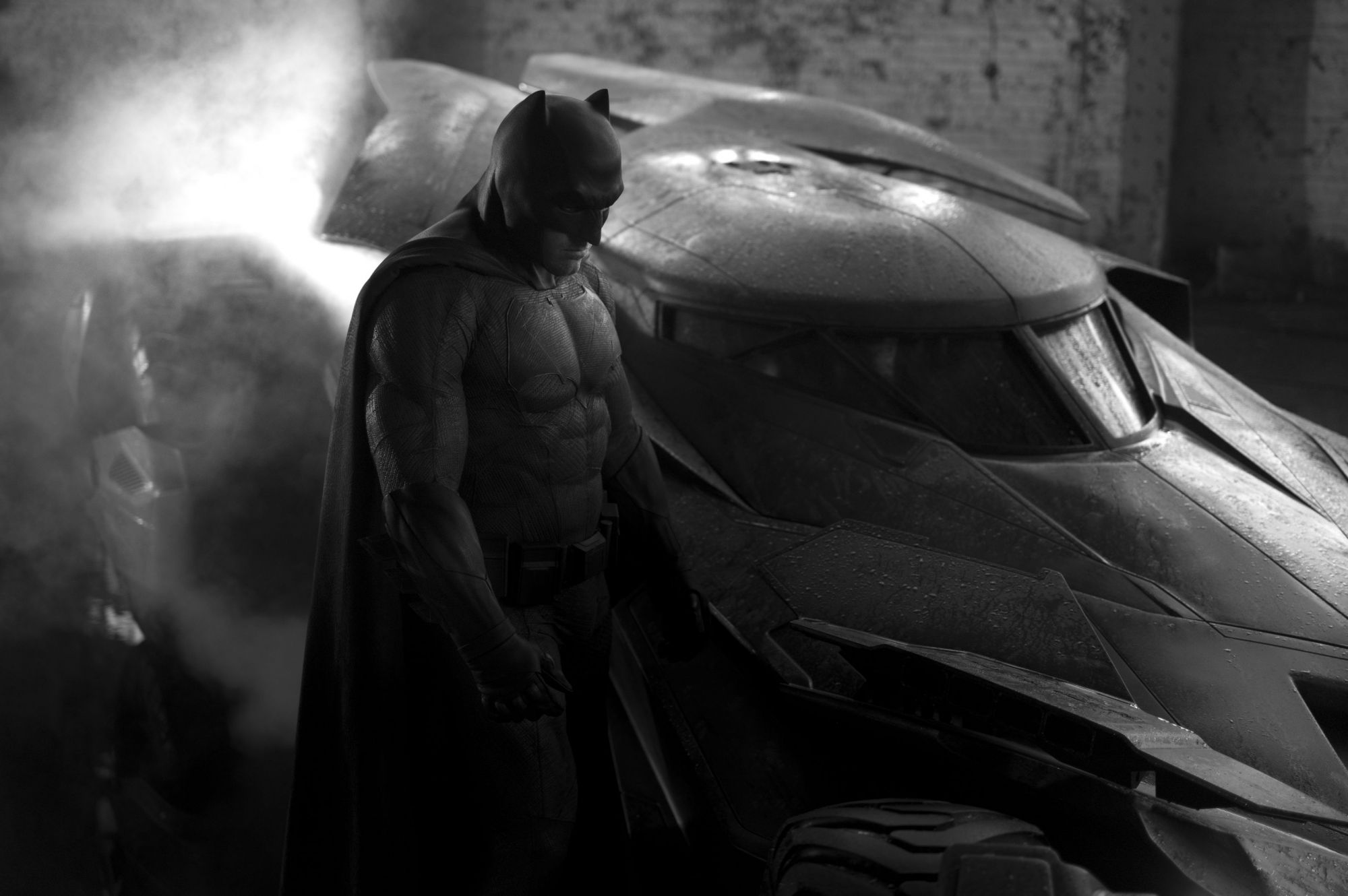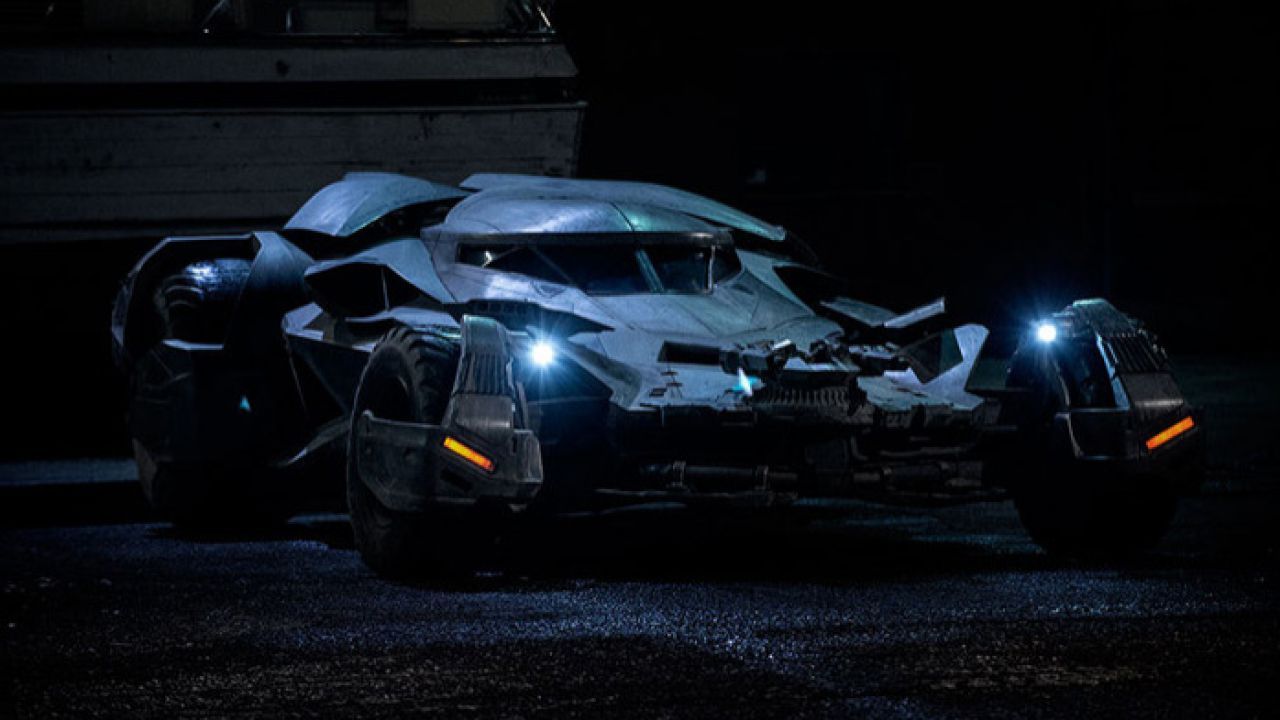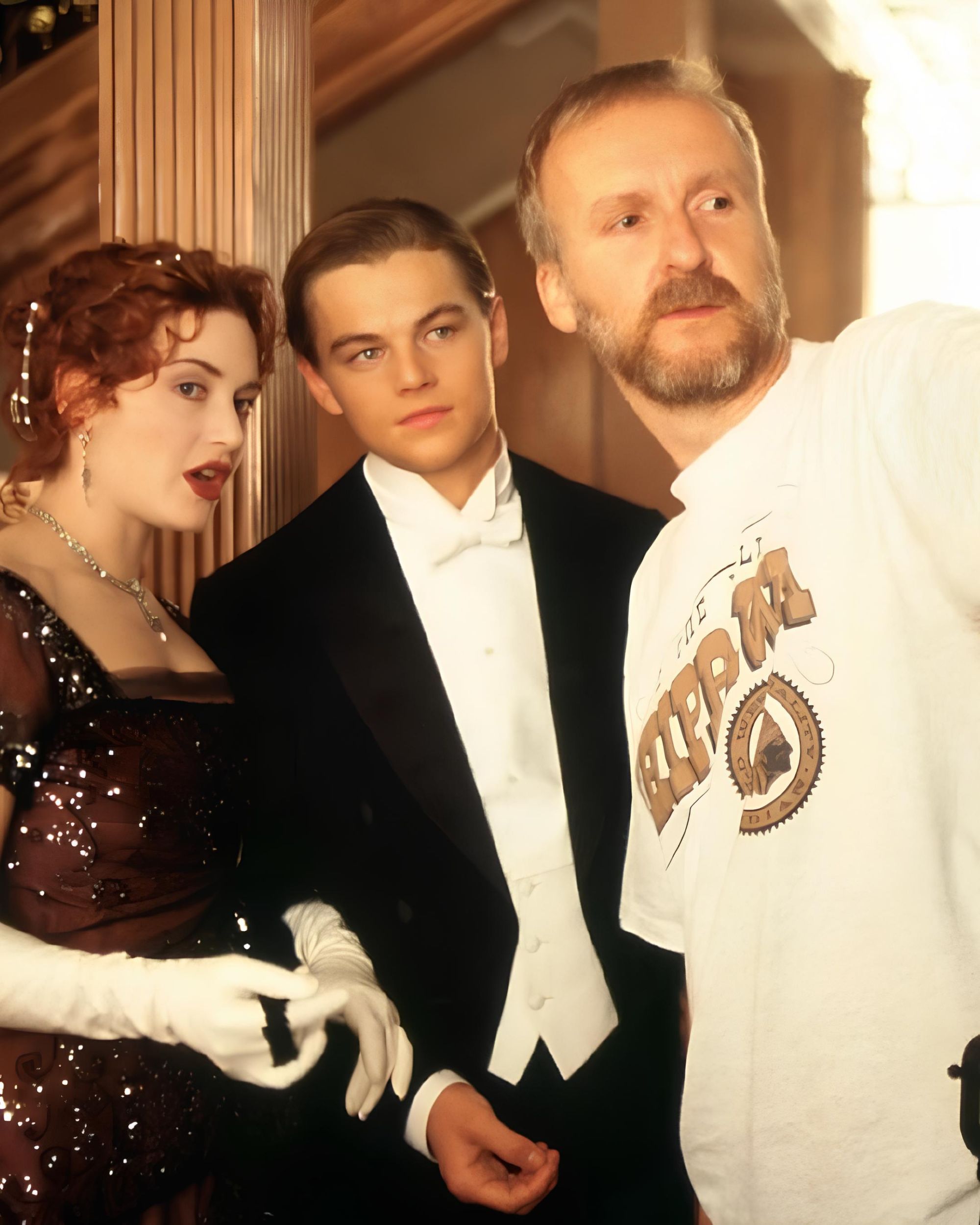
A brief history of the Batmobile on the screen After the photos revealed by Matt Reeves, here's how one of the icons of pop culture has changed over the years
Batman is one of pop culture's most iconic characters. Since his first appearance, on Detective Comics #27 in 1939, the Caped Crusader has been played by eleven actors, has appeared in sixteen films, fifteen TV shows, twelve video games, six novels and one musical. Alongside him, there has always been a whole universe of characters, places and gadgets of which the Batmobile is perhaps one of the most iconic. The Batmobile has received as many updates as its driver and, among comics, video games, cartoons and movies, there are many versions ranging from elegant to futuristic to military. But yesterday, when director Matt Reeves posted three shots of what will appear in the next The Batman, the online reactions were more than positive. The new Batmobile is in fact very realistic, made from one of the most iconic muscle-cars in the history of cinema, the 1969 Dodge Charger, obviously in an all-black armored version, and constitutes a decisive variation from almost all those that the year before.
Lacking the ability to fly or any other superpower, but offsetting with 192 IQ points (twelve points more than Albert Einsten), the mastery of 127 different martial arts and a net worth of 9.2 billion dollars, Batman always needed an efficient means of transportation. Curiously, the Dark Knight drove a red car in his first comic book appearance – a concept soon abandoned in favor of the Batplane. The Batmobile's debut as we know it was in 1941, in Batman #5, and was destroyed by the Joker in the same issue. The original Batmobile concept is reminiscent of a goth version of a Cadillac, with a sculpted bonnet and a single wing behind the back. A 1939 Cadillac Series 75 was the first Batmobile on screen, in the '43 serial. A similar car, the Mercury Eight was used in the new Batman and Robin series in 1949. The tv Batman of the time was even more aristocratic than warrior, a fact evidenced both by the fact that the first Batmobiles were elite cars and that, in the first version of '43, Batman did not even drive but used Alfred as a driver.
Things changed in '65. When the iconic Batman series starring Adam West began production, George Barris, in charge of the Batmobile's car design, chose the legendary 1955 Lincoln Futura, which then appeared in the first Batman film of 1966 – a prototype futuristic car made by the Ford and purchased by Barris himself for the symbolic sum of one dollar. For the following decades, the modified Lincoln Futura remained the only real television and film Batmobile.
During the 70s and 80s there were no more because the Batman adaptations were just cartoons. You'll have to wait for Tim Burton's 1989 film to see a new one on screen. The new version, featured in both Burton-directed films, was designed by Julian Caldow inspired by the Art Deco aesthetic and represented a highly modified fusion between the Chevrolet Impala and the Fiat Turbina, equipped with Browining M1919 machine-guns and a ceramic fractal armour.
A new version of the car appeared in '95, in Joel Schumacher's Batman Forever, designed by Tim Flattery. The concept was not based on existing cars and the name by which this version was known was the Batmobile Mark II. This design in particular attracted some criticism for its vaguely phallic shape and was replaced in '97 by the model designed by Harald Belker. Belker's was one of the closest to the comic book version but also one of the least realistic. The film in which he appeared, Batman & Robin, was so criticized for its far-fetchedness that it plagued the superhero movie franchise that he only came back to life in 2005 with the now famous reboot of Christopher Nolan.
The 2005 Batmobile, called Tumbler, was the most radically different in Batman's film history. Nolan wanted to draw inspiration from the design of the best Batman series ever written – that of Frank Miller – and had his trilogy create a car that was halfway between a Lamborghini and a tank. The new Batmobile became perhaps one of the most iconic and the subsequent design in Batman vs. Superman, created by Patrick Tatopoulos and Dennis McCarthy, was a clear derivation – becoming a six-metre-long, three-and-a-half-foot-wide armored assault vehicle with an acceleration capability of 92 metres per second.
After the failure of the new reboot, the director of the upcoming The Batman, Matt Reeves clearly opted for a muscle car aesthetic and chose a '69 Dodge Charger – an iconic model and symbol of the carsploitation genre appeared in movies like Bullitt, Christine, Vanishing Point, The Fast & The Furious and Death Proof. And many of the online reactions to the photos revealed by the same director have already begun to praise the choice of a more realistic and more relatable car for the audience. As Ben Walke said in his commentary, this is "a Batmobile I can get behind".













































